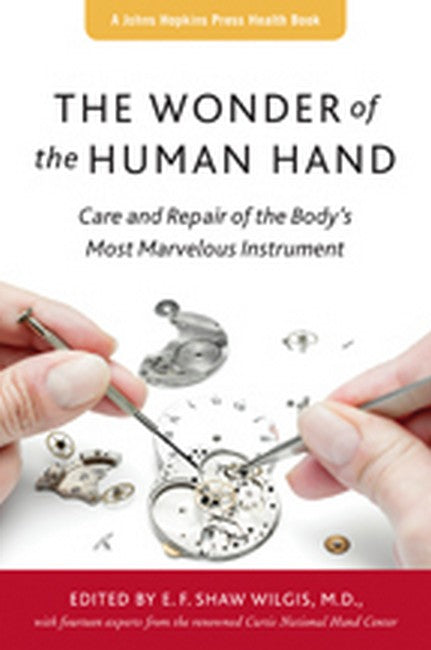Our hands interact with the environment in ways that are more sophisticated, more varied, and more productive than any other part of our body. With our hands, we first recorded our immediate environment offering insight for thousands of later generations by painting sprawling hunting scenes on the walls of prehistoric caves. Pens, ink, paper items conceived by our minds could not have been fabricated without our hands, nor employed to advance human society. The delicate bones, tendons, nerves, muscles, and vessels in our hands make it possible for us to knead dough and perform a heart transplant; make contact with strangers, friends, and lovers; throw a baseball and knit a sweater; create a scale model of a skyscraper, and build that skyscraper. From rote, mundane activities to our most sublime achievements as humans, the hand has helped us shape the world and gain a deeper understanding of our place in it. In The Wonder of the Human Hand, surgeons and hand specialists from the world-renowned Curtis National Hand Center describe how the hand is used in work, sports, and music, and trace the human fascination with hands in religion and art. They relate awe-inspiring stories of people throughout historyincluding major league pitcher Jim Abbott, impressionist painter Pierre-August Renoir, and pianist Leon Fleisherwho accomplished great things with one hand, or with impaired or injured hands, and they tell true tales of miraculous surgeries that create fingers where none exist.Recounting how the hand interprets the environment and returns tactile information to the brain, the book underscores the importance of the hand to people who cannot see or hear. Throughout, the authors explore how medical science restores hands injured through disease, accident, and combatalways in light of how the form and function of the human hand combine harmoniously in everyday activities and Herculean efforts alike.

